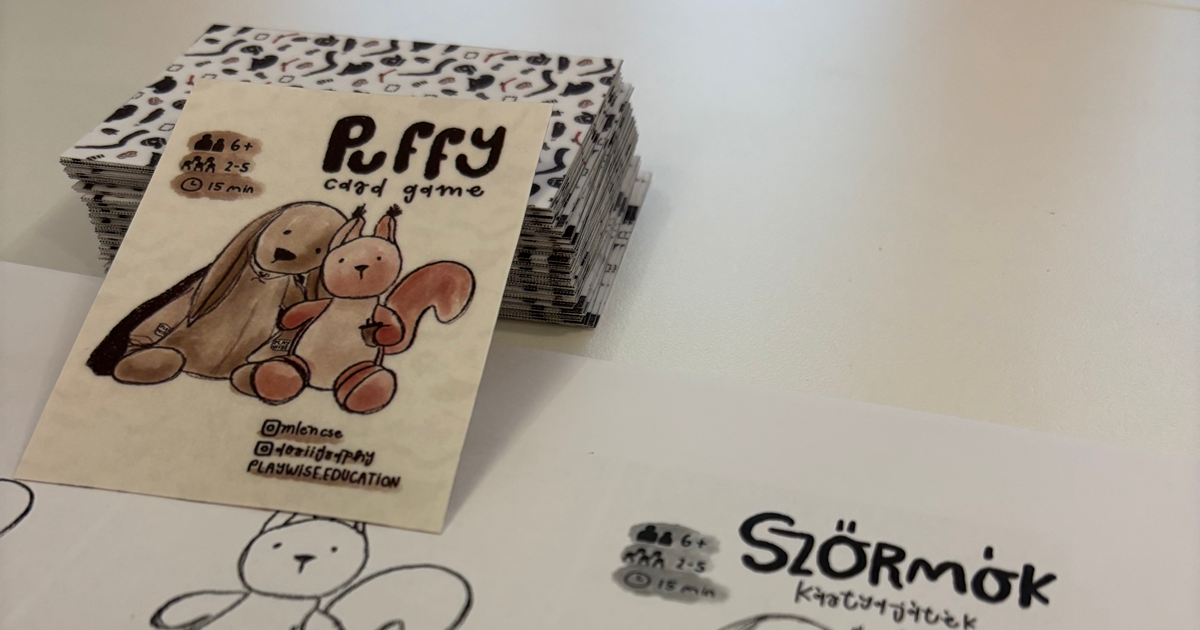My latest board game has just been released by a small, independent Hungarian publisher who has been building a brand around their storybooks. After puzzles and memory games, they’ve now launched their very first board game—a card game that I had the chance to design for them.

It’s a rhythm and melody game designed for children aged 5 to around 10. The game is cooperative, takes about 10 minutes per round, and can be played by 2 to 4 players.

In the game, players are in constant communication—but not in the usual way. Speaking is not allowed; instead, players must use rhythms and melodies to let each other know what cards they have. In turn, others can only respond using the same musical language. If we manage to understand each other well through this musical code, we’ll be able to overcome the game’s challenge.
This little game is, of course, intended to be part of musical education—gently so, focusing more on motivation and shaping attitudes than direct instruction. But it also holds great value from a board game pedagogy perspective: it requires a high level of attention, and strengthening that skill is one of the most notable benefits of playing tabletop games.
I really enjoyed working with this small publisher—it felt great not to get lost among countless authors and competing goals, and to know they were truly focusing on my game. Since then, the first reviews have already come in, and sales have started to roll—even though the marketing campaigns haven't really launched yet. A new publisher is always exciting, and I’m feeling enthusiastic and curious to see the numbers.

(Thank you to Annamária Gábeli-Csák for the photos!)




